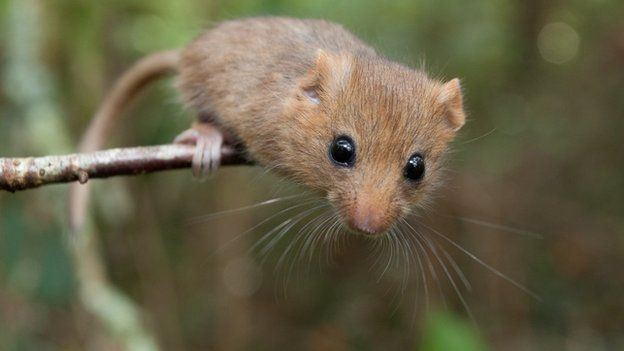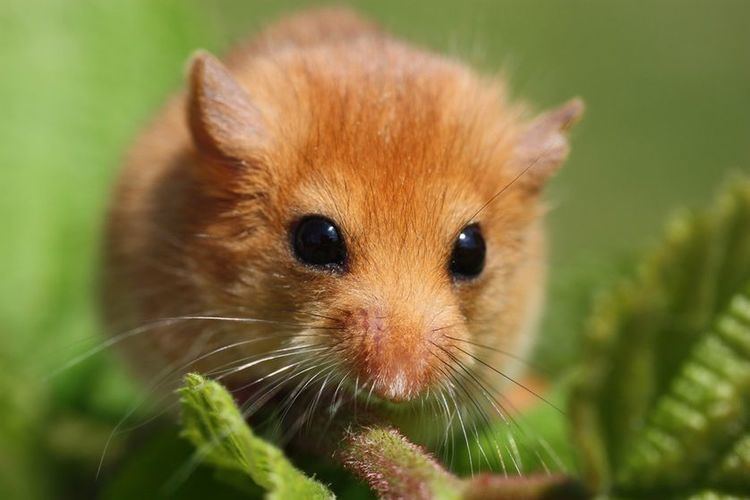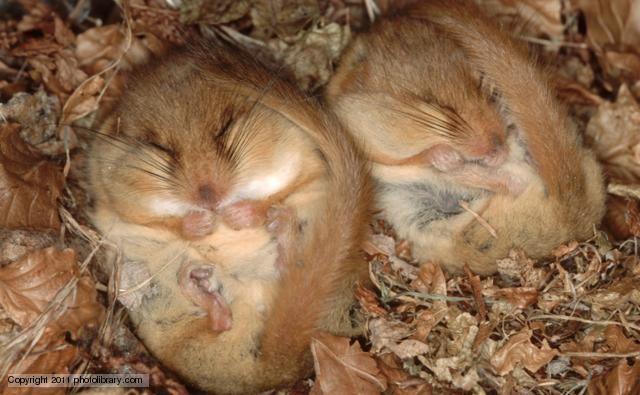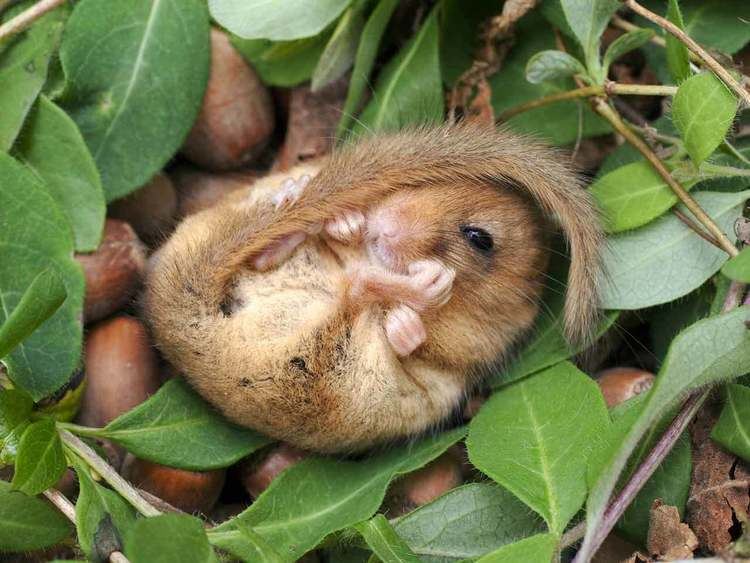Scientific name Gliridae Gestation period Edible dormouse: 28 days | Phylum Chordata Suborder Sciuromorpha Hibernation period 183 days Length Edible dormouse: 17 cm | |
 | ||
Lower classifications | ||
African pygmy dormouse handling exotic rodent pet
The dormouse is a rodent of the family Gliridae (this family is also variously called Myoxidae or Muscardinidae by different taxonomists). Dormice are mostly found in Europe, although some live in Africa and Asia. They are particularly known for their long periods of hibernation. As only one species of dormouse is native to the British Isles, in everyday English usage "dormouse" can refer either to that one species (the hazel dormouse) or to the family as a whole.
Contents
- African pygmy dormouse handling exotic rodent pet
- Characteristics
- Hibernation
- Relationship with humans
- Evolution
- Classification
- Fossil species
- References

Characteristics

Dormice are small rodents, with body lengths between 6 and 19 cm (2.4 and 7.5 in), and weights between 15 and 180 g (0.53 and 6.35 oz). They are generally mouse-like in appearance, but with furred, rather than scaly, tails. They are largely arboreal, agile, and well adapted to climbing. Most species are nocturnal. Dormice have an excellent sense of hearing and signal each other with a variety of vocalisations.

Dormice are omnivorous, typically feeding on fruits, berries, flowers, nuts, and insects. They are unique among rodents in that they lack a cecum, a part of the gut used in other species to ferment vegetable matter. Their dental formula is similar to that of squirrels, although they often lack premolars:

Dormice breed once or occasionally twice a year, producing litters with an average of four young after a gestation period of 22–24 days. They can live for as long as five years. The young are born hairless and helpless, and their eyes do not open until about 18 days after birth. They typically become sexually mature after the end of their first hibernation. Dormice live in small family groups, with home ranges that vary widely between species and depend on the availability of food.
Hibernation

One of the most notable characteristics of those dormice that live in temperate zones is hibernation. They can hibernate six months out of the year, or even longer if the weather does not become warm enough, sometimes waking for brief periods to eat food they had previously stored nearby. During the summer, they accumulate fat in their bodies to nourish them through the hibernation period.
The sleepy behaviour of the dormouse character in Lewis Carroll's Alice's Adventures in Wonderland reflects this familiar trait of dormice.
Relationship with humans
The edible dormouse (Glis glis) was considered a delicacy in ancient Rome, either as a savoury appetizer or as a dessert (dipped in honey and poppy seeds). The Romans used a special kind of enclosure, a glirarium, to raise dormice for the table. It remains considered a delicacy in Slovenia and in several places in Croatia, namely Lika, and the islands of Hvar and Brač. Dormouse fat was believed by the Elizabethans to induce sleep since the animal put on fat before hibernating.
Evolution
The Gliridae are one of the oldest extant rodent families, with a fossil record dating back to the early Eocene. As currently understood, they descended in Europe from early Paleogene ischyromyids such as Microparamys (Sparnacomys) chandoni. The early and middle Eocene genus Eogliravus represents the earliest and most primitive glirid taxon; the oldest species, Eogliravus wildi, is known from isolated teeth from the early Eocene of France and a complete specimen of the early middle Eocene of the Messel pit in Germany. They appear in Africa in the upper Miocene and only relatively recently in Asia. Many types of extinct dormouse species have been identified. During the Pleistocene, giant dormice the size of large rats, such as Leithia melitensis, lived on the islands of Malta and Sicily.
Classification
The family consists of 29 living species, in three subfamilies and (arguably) nine genera:
FAMILY GLIRIDAE – Dormice
